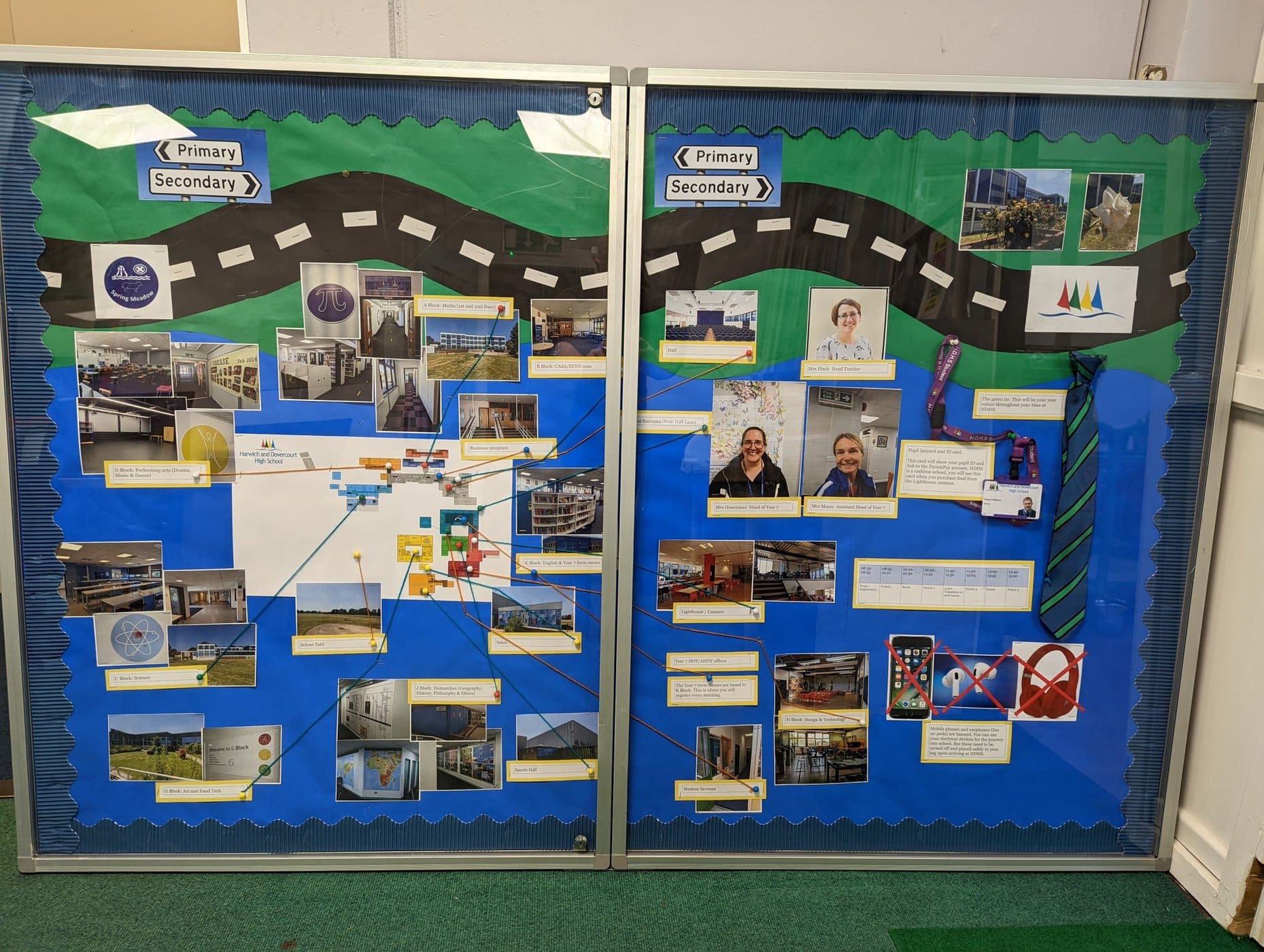I have completed two groups of the MSC resilience programme, 8 children in total. During this intervention there were 6 sessions:
- Session 1: We talked about what resilience is and filled in a scoring questionnaire. The sessions focused on identifying what makes us resilient, and how we build resilience going forward. Session 1 went over sustainable friendships, such as what makes a good and bad friend. I spent quite a bit of time discussing what makes us different from each other, each child looked at each other and listed differences.
- Session 2 went over worries and how to deal with those worries in the future.
- Session 3, was a meditation and yoga group.
- Session 4 the children went over mood and their mental health. They learned that all these are important factors on improving their resilience.
- Session 5 was the Self-esteem session, the children took turns and made positive notes on what they like about each other, with me modelling some examples. They learnt the importance to share nice things about each other, building self-esteem and therefore becoming more resilient.
- We finished with session 6, going over all what we’ve done over the weeks and doing a post scoring evaluation.
I organised for the Head of Year 7 and the Assistant Head of Year 7 to come into school on the 23rd May. This was the first transition assembly that the high school had done. Usually this is only the Assistant Head of Year, but we managed to get the Head of Year to attend also this year.
In addition to what was initially written in my LBL engagement plan, I have also communicated with the local secondary school’s SENCO and Head of Year 7 and we have organised additional transition visits to support our most anxious and vulnerable children. These visits are now happening (as I write this). I have also invited the secondary school staff that will be working closely with our pupils in year 7 to visit these children at SM (an environment they currently feel safe in) before the end of term. These transitions have all been planned and the importance has been explained to each child, and communicated home to their parents.
Speaking to our SENCO we also identified another child that was in need of additional transition support during this time. Knowing the contacts well (as I used to work there) I organised the Child In Care (CiC) mentor/support worker to visit the child at our school on the 3rd June. I spoke to the child before the meeting and she had some major concerns about moving to high school. But with the additional support including the SEND visits on the 28th June, 5th July and 6th July she told me she feels happier and more supported.
I have amended my original plan to include a transition wall display, which is now on display near the year 6 classrooms. (See attached picture).
During lunch time I took groups of children from the KS1 playground for a walk around the new KS2 playground so they are more familiar with the new surroundings next year. I have worked together with our SENCO for transition at Spring Meadow this year. The school understands the importance of transition, therefore have implemented a new plan this year for the whole school to move up to their new class 3 days before the end of the summer term. This will help children settle and get used to the new environment come September. These additional days to transition to the new classes and new playgrounds will support our children that have additional needs such as ASD, so hopefully they will be more settled when returning to school in September. This is now being communicated to parents.

